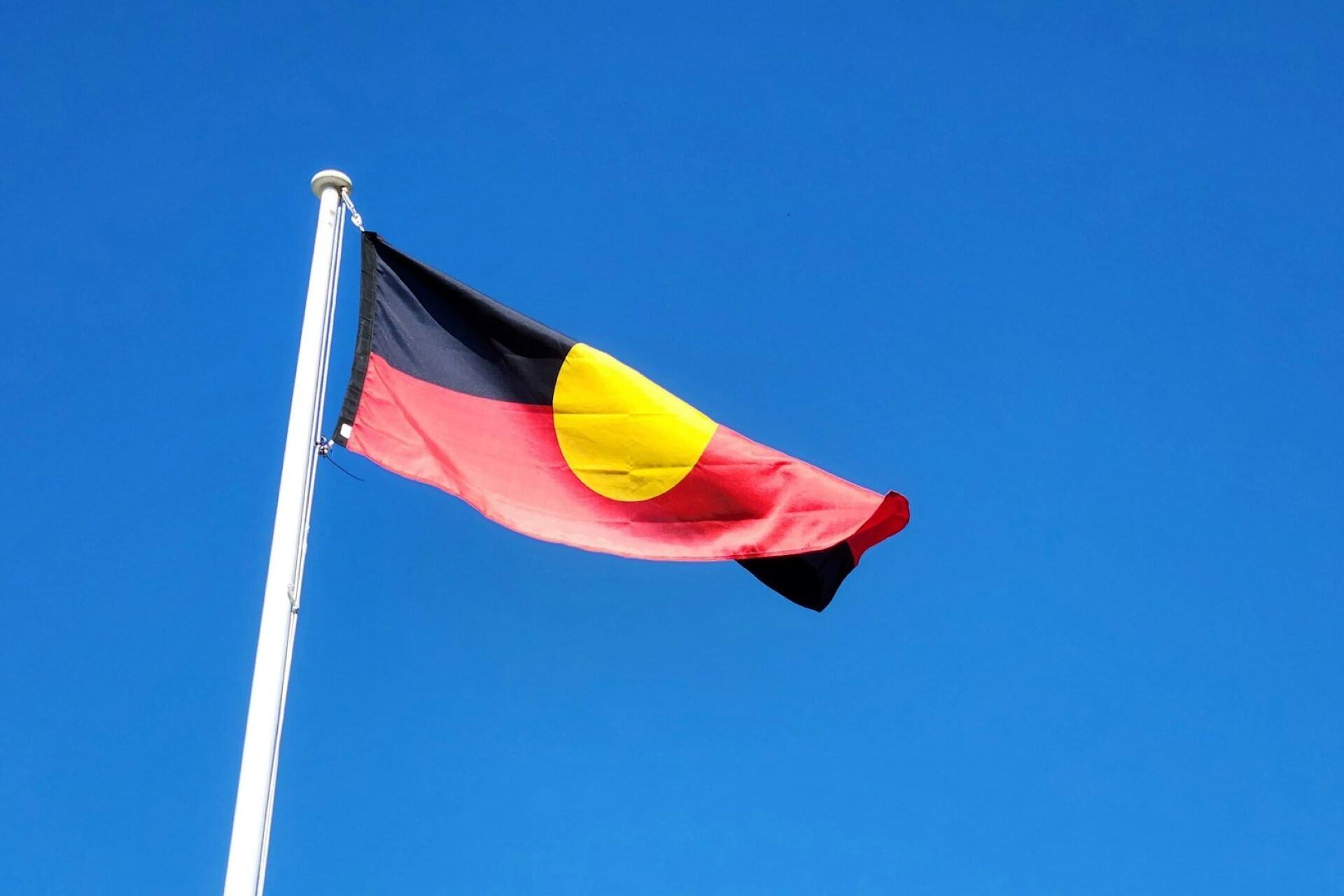Australia recognises its national flag as well as two Indigenous Australian flags. The Aboriginal Flag and Torres Strait Islander Flag are powerful emblems of cultural identity, resilience, and representation. They've been officially recognised by the Australian Government since 1995. They are central to how Australians understand their history and shared future. Let's explore their origins, meanings, and the roles they play in Australian life.

Shared Recognition in 1995
The Aboriginal Flag and Torres Strait Islander Flag were proclaimed as official flags of Australia on 14 July 1995 under the Flags Act 1953. This was the first time that symbols created by Indigenous communities were given the same legal standing as the national flag and the Australian Red Ensign.
These flags were recognised, elevating their status beyond community use. They were now part of the country's national identity. They fly alongside the national flag of Australia on government buildings, schools, and at major events. They're reflective of the evolving understanding of what it means to be Australian, acknowledging First Peoples as central to the country's story.
These indigenous flags are daily reminders of the diversity of Australia and its history of struggle and resilience, especially for the peoples that they represent. They're not a full solution to the underlying problems, but they are representative of an ongoing commitment to reconciliation.
While the Aboriginal and Torres Strait Islander flags were proclaimed official in 1995, their recognition is tied back to the Flags Act 1953. The same legislation that formalised the Australian national flag. They were not simply community symbols but given legal protection, display protocols, and equal footing with the Blue and Red Ensigns. By extending the Act, the government ensured these flags were not temporary acknowledgements but permanent fixtures of national identity. Their recognition under law was one of the first instances in the Commonwealth where Indigenous-designed emblems gained this level of formal protection.
The Aboriginal Flag
The Aboriginal Flag was designed in 1971 by Harold Thomas, a Luritja artist and activist from Central Australia. It was initially created for the land rights movement but quickly became a unifying symbol of Aboriginal identity and resistance. The first thing you'll notice is that the flag doesn't follow the conventions of the national flag or the state flags, which were derived from British colonial practices.
The Aboriginal Flag Design
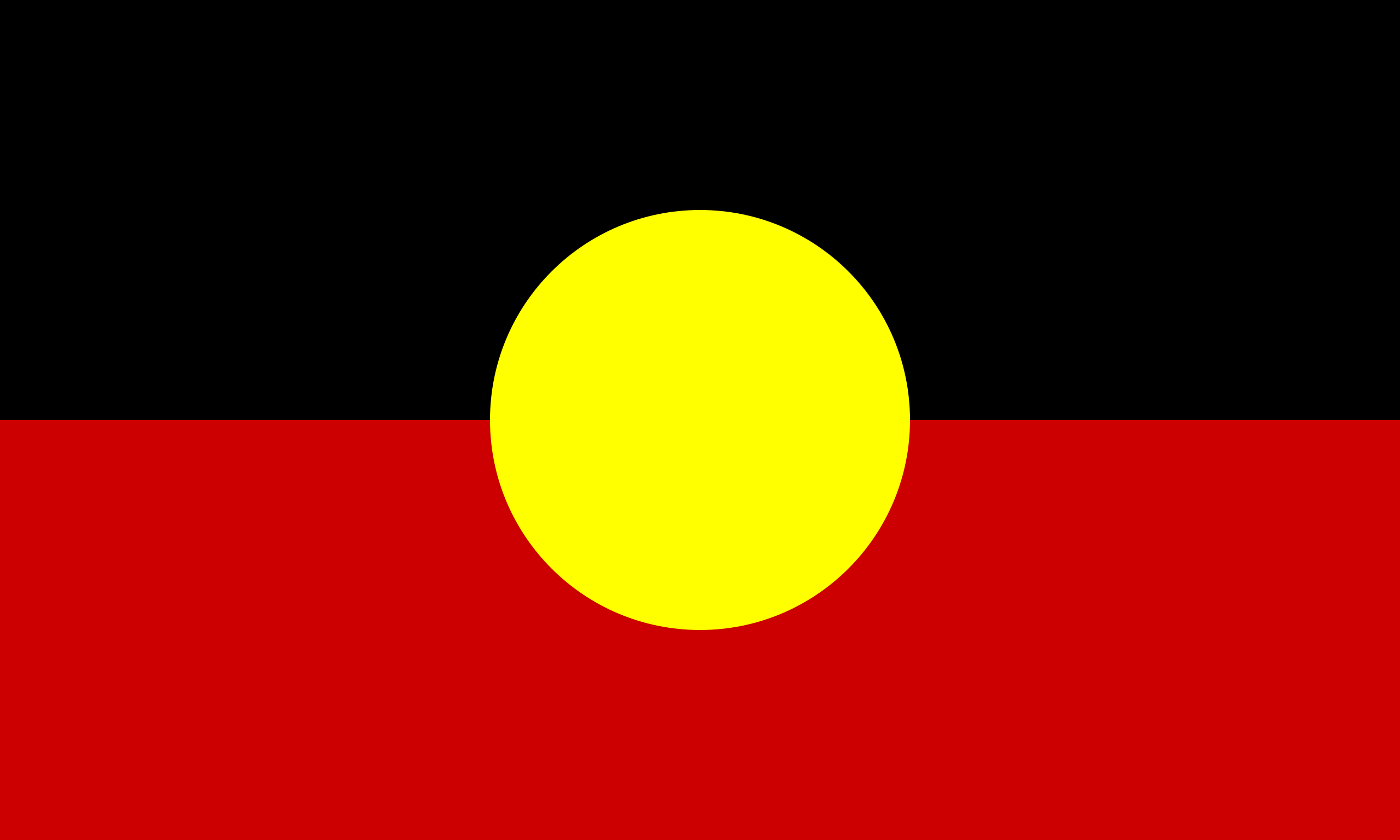
The design is straightforward yet powerful, which all good flags need. It communicates a more profound meaning and is a banner of cultural identity and a political emblem that's often flown at protests, marches, and community events.
The flag has remained under copyright control. Harold Thomas retained the legal rights to the design. This led to disputes over licensing and reproduction, especially when the flag was used on clothing, merchandise, and at community events.
In 2022, the Australian Government reached an agreement with Thomas. It acquired the copyright, allowing the flag to be freely used without fees or permissions. The Aboriginal flag is now accessible to all, a symbol for every generation.
When Harold Thomas designed the Aboriginal flag in 1971, it was first flown during National Aborigines Day in Adelaide. It quickly became a fixture at rallies linked to the land rights movement, which was gaining momentum across Australia at the time. Protestors carried it outside Parliament House in Canberra in 1972 when the Aboriginal Tent Embassy was established. The flag’s colours (black, red, and yellow) were seen as not just symbolic, but defiant and empowering at a time when Indigenous activism was confronting widespread inequality. Today, the flag’s origins in protest remain central to its ongoing significance.

The Torres Strait Islander Flag
Bernard Namok, a Torres Strait Islander from Thursday Island, designed the Torres Strait Islander flag in 1992. His design was chosen through a local contest held by the Island Coordinating Council. Three years later, in 1995, it was granted official recognition alongside the Aboriginal Flag.
The Torres Strait Islander Flag Design
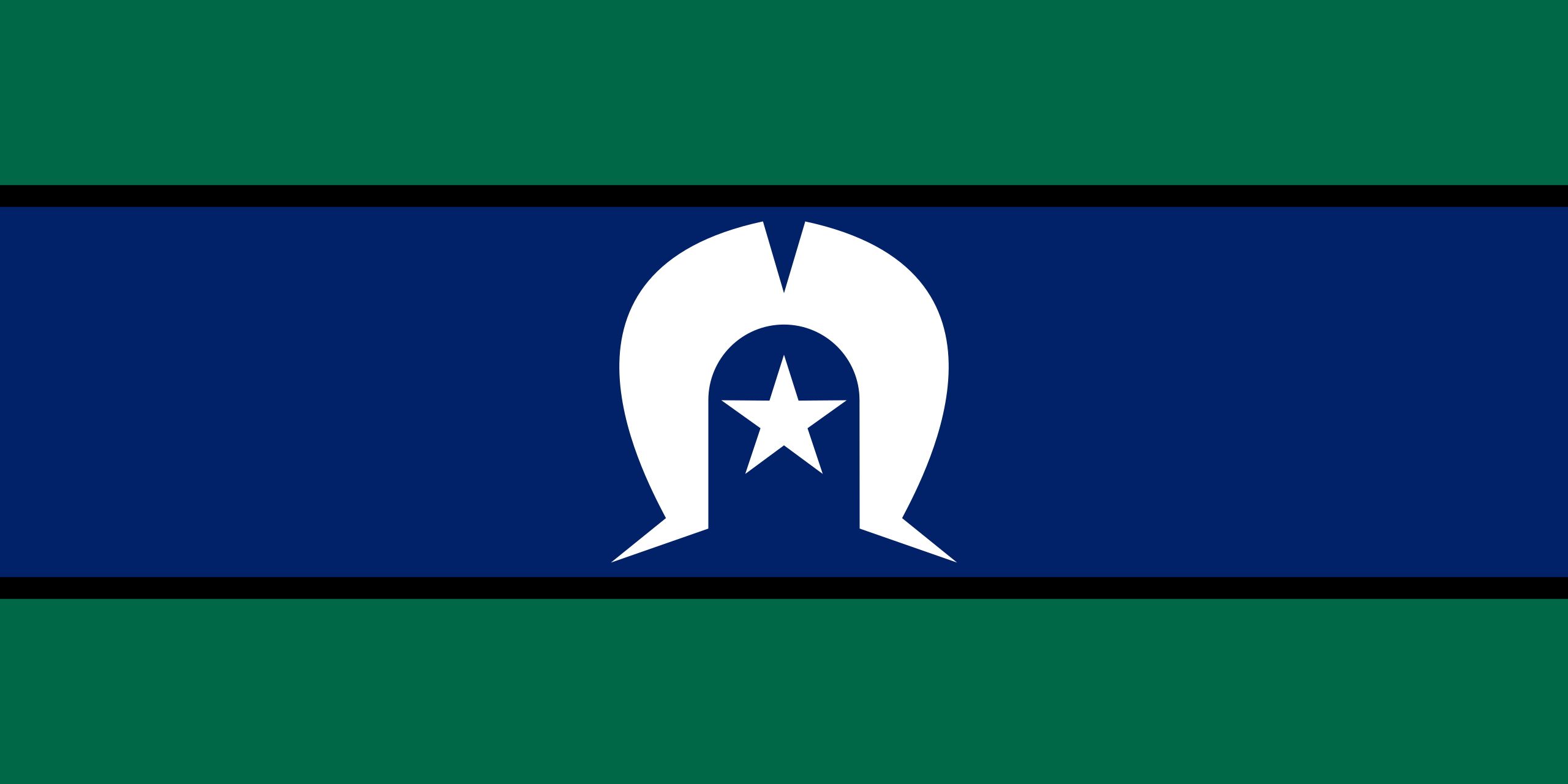
The flag has become a core symbol of Torres Strait Islander pride and visibility. It's widely flown during NAIDOC Week, Reconciliation Week, and at community events across northern Australia. It's also flown in schools, universities, and government institutions.
The Torres Strait Islander flag’s central symbols (the dhari (headdress) and the five-pointed star) carry meanings that go far beyond design. The dhari is a ceremonial item worn in dance and celebration, representing cultural continuity and respect for tradition. The white star below it symbolises both peace and navigation.
For Torres Strait Islanders, navigation is not metaphorical but historical. For thousands of years, Islanders used the stars and sea currents to move between the islands. The star’s five points link this heritage to the five major island groups. Together, these elements root the flag in the lived geography and history of the Torres Strait.
Indigenous Flags in National Life
The Indigenous Australian Flags went from community-driven symbols to central elements of national life. They're now displayed alongside the national flag of Australia at government offices, schools, sporting events, and national commemorations.
Schools, universities, and public buildings often fly all three flags: national, Aboriginal, and Torres Strait Islander. It's a sign of respect for First National cultures, acknowledging their presence and contribution to the nation of Australia.
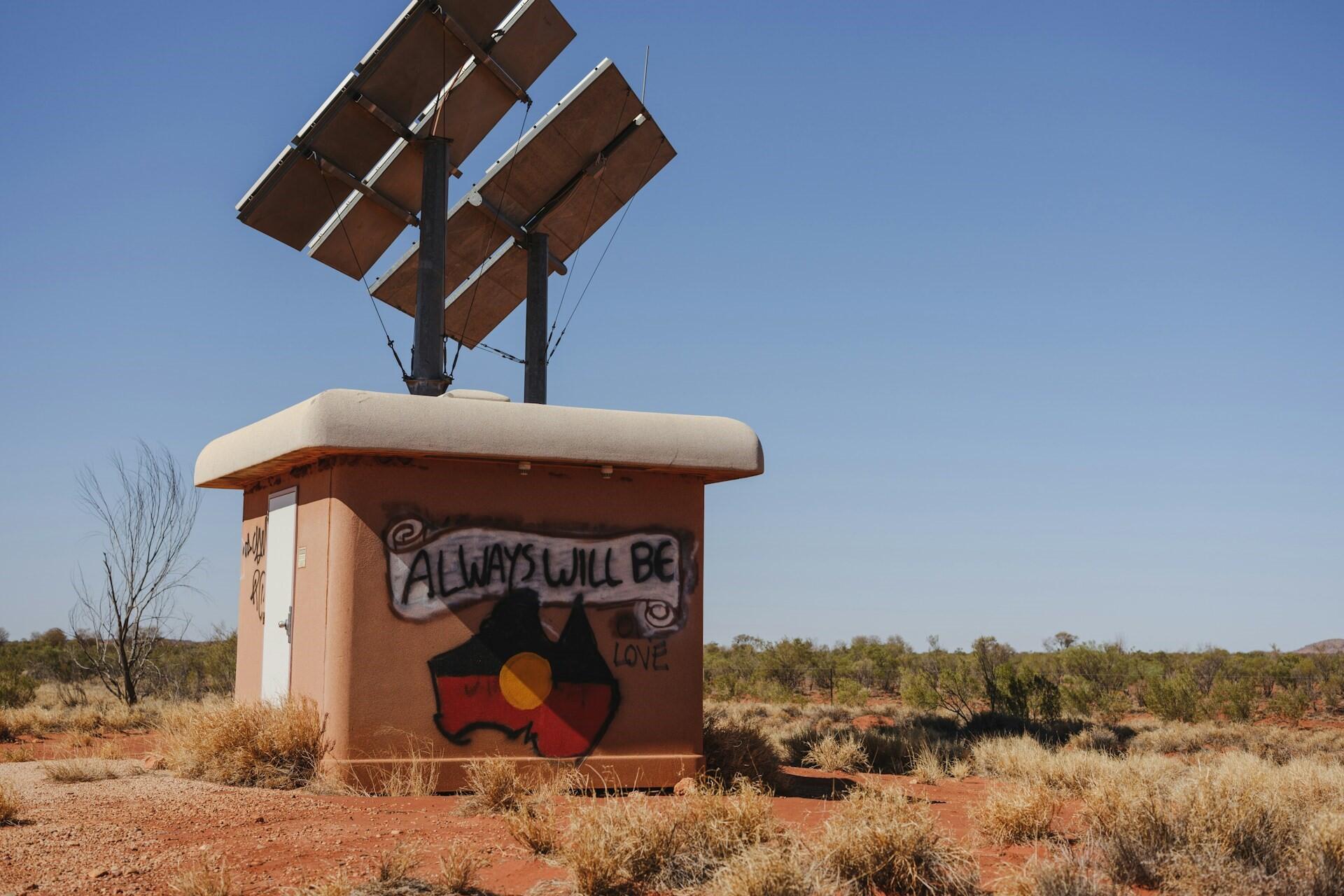
Major sports, such as the AFL and NRL, regularly feature Indigenous flags at events and pre-match ceremonies, as well as in jersey designs during Indigenous Rounds. The flags are often used at cultural festivals, NAIDOC Week, and Reconciliation Week.
Many will have seen these flags used in activism, much like various groups have used the Eureka flag. They're often seen at rallies, especially for land rights, recognition, and justice. They're flown as markers of identity, and their use in these contexts shows how the flags are rooted in these peoples' ongoing struggle for equality and representation.
Flying the Aboriginal and Torres Strait Islander flags is now part of daily protocol in many schools. Students often learn not only what the flags look like but also what their colours and symbols mean, building cultural literacy from a young age.
In sport, these flags do more than decorate: the AFL’s Indigenous Round and the NRL’s All Stars match use them as central features, alongside welcome-to-country ceremonies. In both education and sport, the flags are framed as living, teaching tools. They're visible reminders of identity, history, and respect in everyday Australian life.
Cultural Significance and Representation
Let's dive deeper into what the design elements of these flags are and why they're so important. We've mentioned what they represent, but let's explore why it's so crucial that these elements are included in these flags.
Symbols of Identity
The Aboriginal and Torres Strait Islander flags are about belonging. At their cores, they exist because many don't see the Australian national flag as representative of them. The Aboriginal flag meaning includes a lot of elements connecting to the land, survival and cultural pride. The Torres Strait Islander flag symbolism is more about community, navigation, and harmony. However, both are about visibility for people whose cultures have been present in Australia for tens of thousands of years.
Tools of Reconciliation
When both flags were recognised in 1995, it was seen as a step toward reconciliation. It was a formal acknowledgement of Indigenous peoples in Australia's story. Their presence in parliaments, schools, and sporting events is part of a larger cultural shift of recognising Australia's national identity with First Peoples in it.
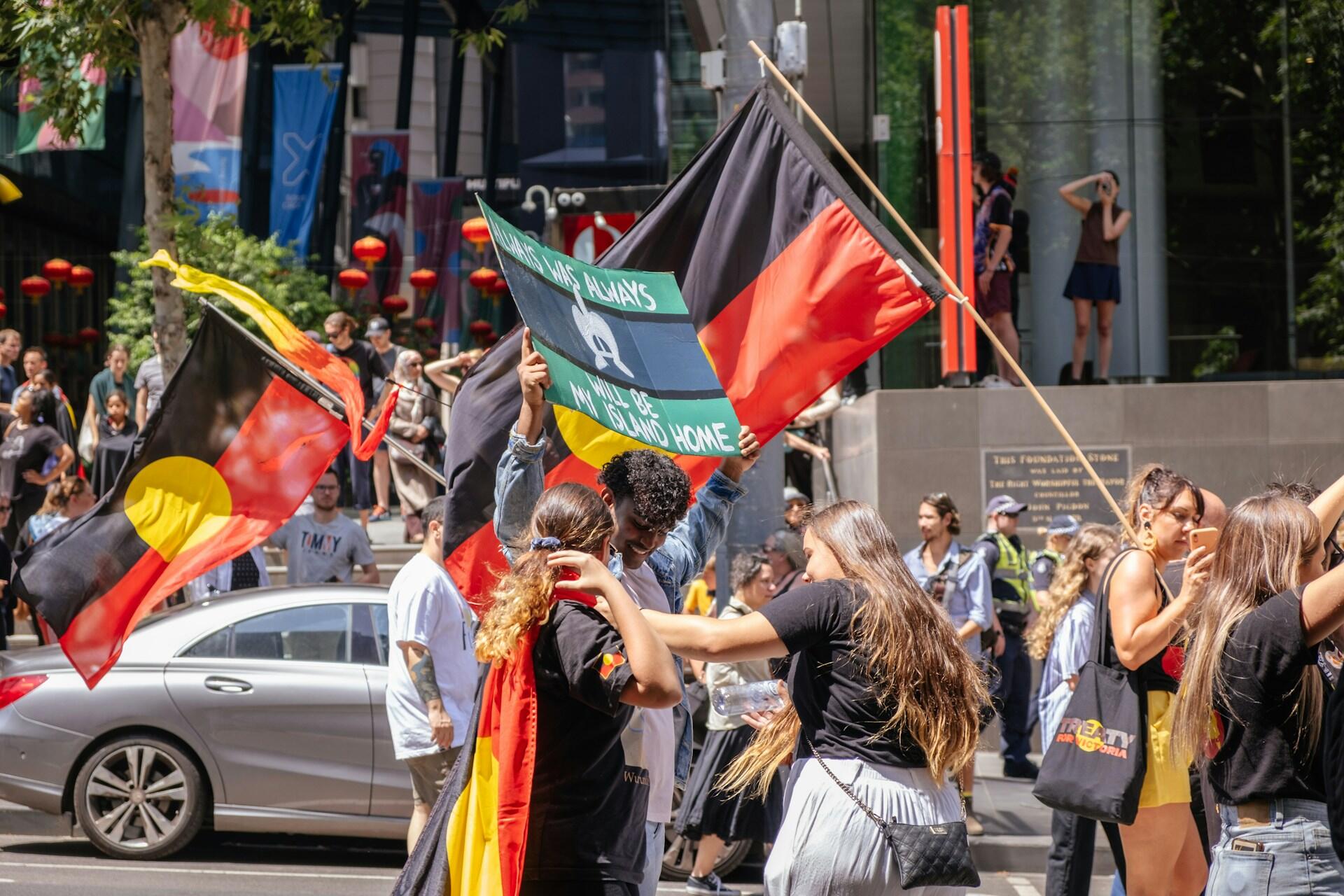
Living Symbols in Debate
The flags are key in broader debates about sovereignty, treaties, and representation. They're official flags while also being frequently flown in contexts where Indigenous voices are demanding recognition and reform. Their role as state-recognised symbols and tools of protest makes them especially powerful within Australia.

